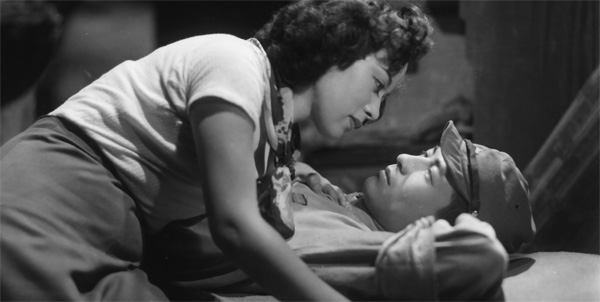 65 years ago today, on the 8th of January 1950, Senkichi Taniguchi’s film Escape at Dawn (暁の脱走 / Akatsuki no dassō) premiered in Japan. Akira Kurosawa wrote the screenplay with Taniguchi, adapting it from Taijiro Tamura’s novel.
65 years ago today, on the 8th of January 1950, Senkichi Taniguchi’s film Escape at Dawn (暁の脱走 / Akatsuki no dassō) premiered in Japan. Akira Kurosawa wrote the screenplay with Taniguchi, adapting it from Taijiro Tamura’s novel.
Escape at Dawn is a World War II film which follows a tragic affair between a Japanese soldier, Mikami, and a Chinese prostitute, Harumi. During the Manchurian campaign Mikami is captured by the Chinese and although he is able to escape and return to his unit, he is treated with contempt by his peers for having been taken by the enemy. Mikami falls in love with Harumi, who tries to convince him to desert from the army, with tragic results.
The film stars Ryo Ikebe and Shirley Yamaguchi. The year Escape at Dawn was released, Yamaguchi starred also in Kurosawa’s Scandal. Yamaguchi died last autumn, and we have discussed her role in Scandal under the topic Scandal: Casting Yoshiko Yamaguchi.
The writing of Escape at Dawn was difficult, as many adjustments had to be made to the script due to American censorship, which affected all Japanese films under the US Occupation of Japan between 1945-1952. During their careers, Kurosawa and Taniguchi worked together on altogether 10 films, including Kurosawa’s own Stray Dog (1949) and The Quiet Duel (1949).
Escape at Dawn is available on DVD, but only with Japanese subtitles. Have you seen it?

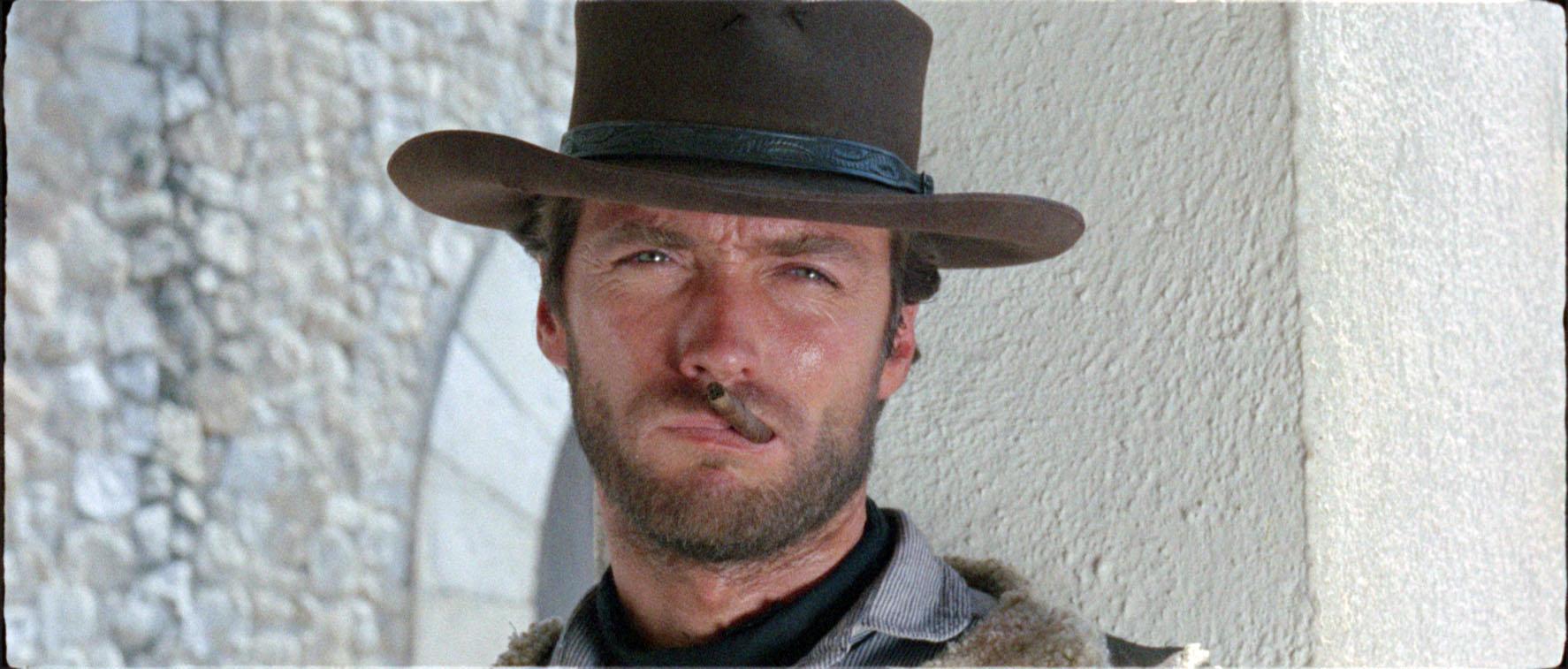

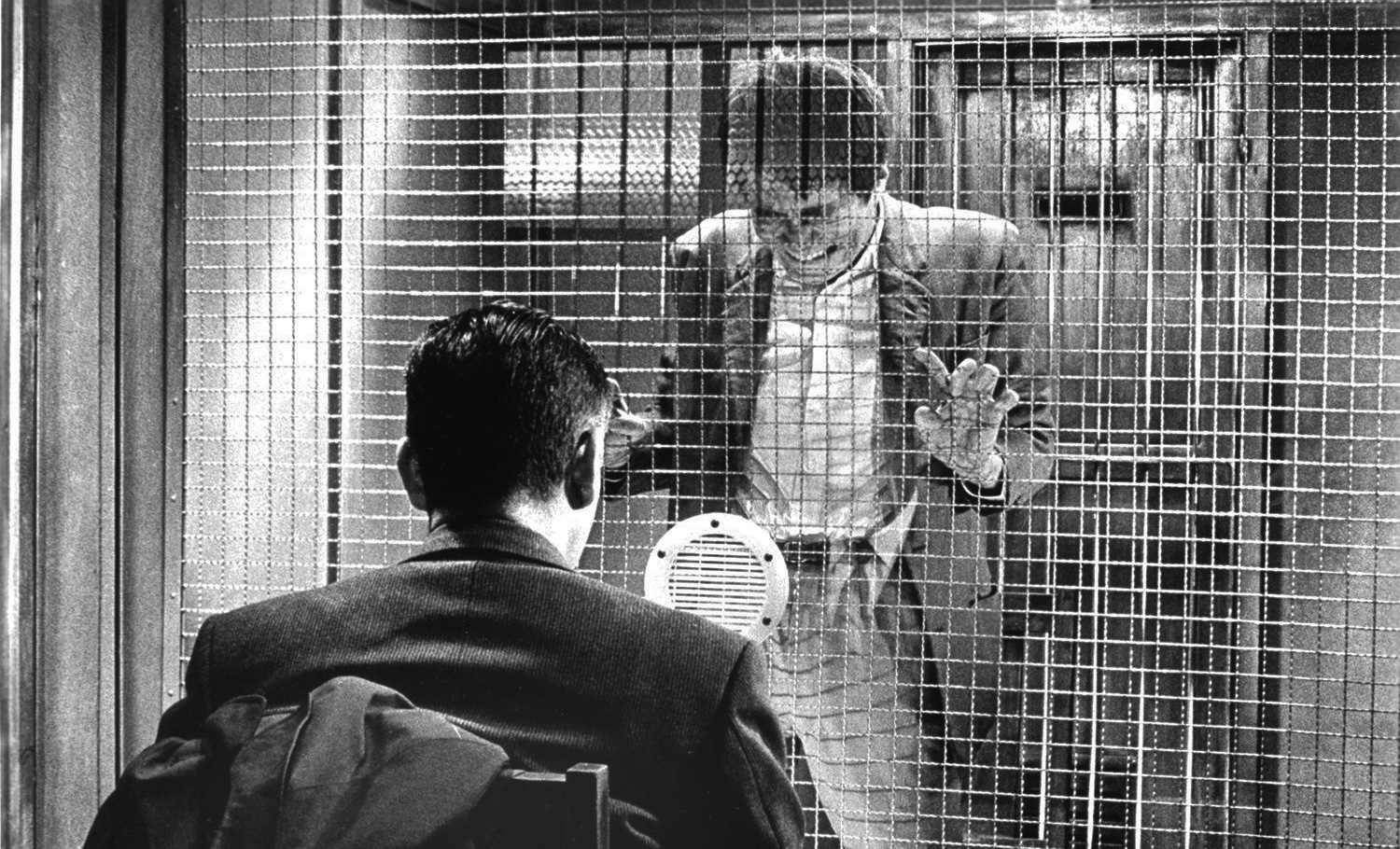
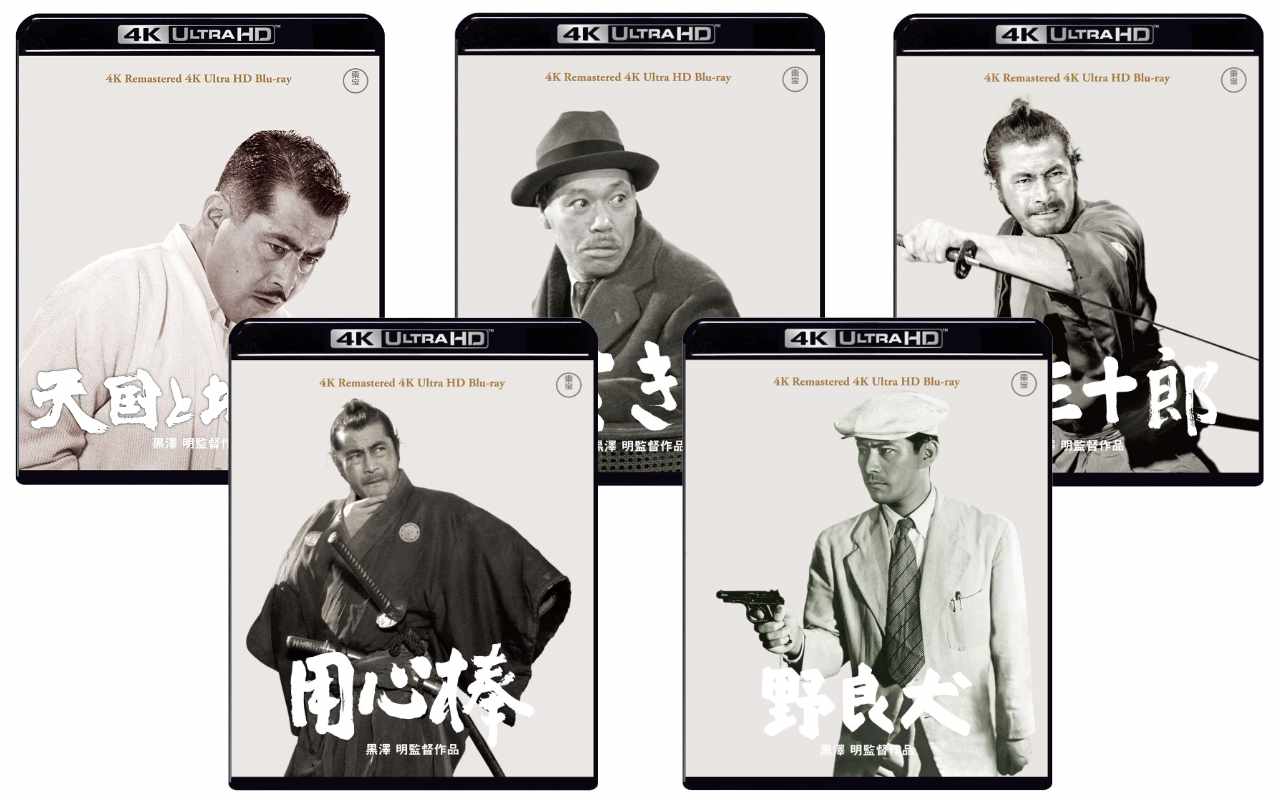
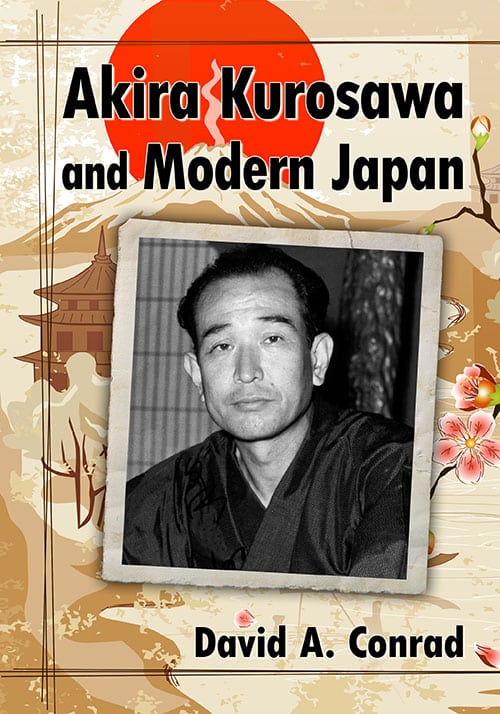
This is the first in a series of anniversary posts that I will be posting whenever an interesting date comes up. I thought that bite-sized posts like these would be an interesting way to look at some of Kurosawa’s lesser known achievements, as well as the people who worked with him over the years.
There should be a couple of these every month, with some months busier than others. Provided, of course, that I can keep up with the necessary writing and research.
What do you think?